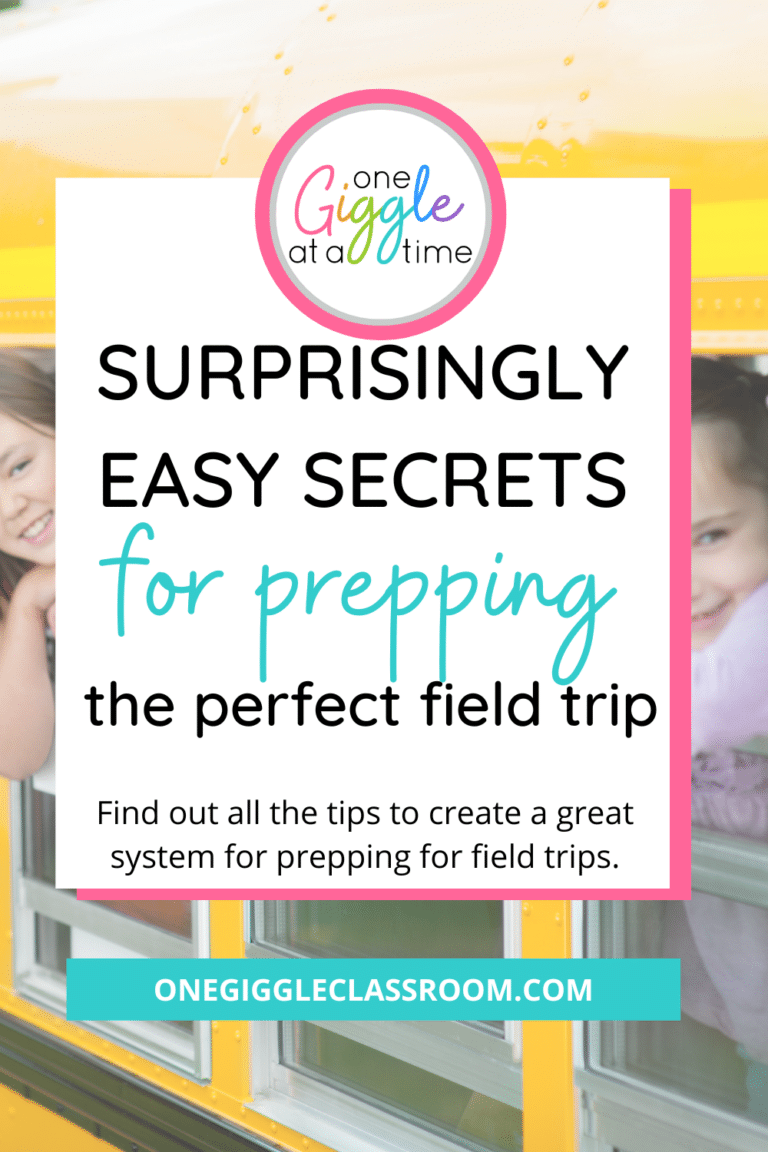
3 EASY Ways to Partner with Families to Teach Personal Space to Students
Share This:

Personal space is an essential social-emotional learning skill for all elementary school students to learn! Like with any new skill, it’s vital to collaborate with families in order to help students learn and generalize the skill across all environments. These 3 strategies will help you as you partner with families to teach personal space to students this year!
Understanding Personal Space
Personal space is different depending on one’s situation and familiarity with the person they are speaking to.
Personal space is usually divided into four zones:
- Intimate zone: within touching distance
- Personal zone: 2-4 feet away
- Social zone: 4-12 feet apart
- Public zone: more than 12 feet
Children develop an understanding of personal space as they grow, and it is vital for teachers and families to set realistic expectations when considering these zones.


Young children ages 3 to 5 years old may not understand personal space well yet. They usually stay in the intimate or personal zones.
Early elementary students (ages 6-8) start to understand the social zone and realize that no everyone likes to be close.
Older students, ages 9 to 12, can understand the public zone and respect personal boundaries better.
Age-appropriate Teaching Tools
Use visuals and real objects to physically demonstrate different zones of personal space to students. For examples, have children stand inside a hula hoop to visual their own personal space bubble.
Another easy way to help students understand this topic is to take them outside! Grab your chalk and measuring tape and draw different colored circles or lines to help students see each of the four zones of personal space.
Don’t forget to incorporate child-friendly terminology as you provide explanations to your students. You might encourage children to give everyone their own space by thinking about “not popping their personal space bubbles.”
Differences in Personal Space
It’s also important to know that personal space expectations can differ greatly across cultures and individuals.

Cultural Differences
In some cultures, close physical contact is a sign of friendliness and warmth. For example, people from Latin or Mediterranean cultures may stand much closer to each other during conversations than most Americans are used to.
Neurodiverse Individuals
Neurodiverse individuals with sensory differences, like those with Autism or ADHD, may have different comfort levels regarding personal space. Some may prefer more distance from others when speaking together while others may not recognize others’ need for space.
Personal Perference
Some people, regardless of their cultural or neurological background, have different comfort zones. Teach your students to be patient and considerate when encountering these differences!
Why Teaching Personal Space is So Important
Teaching personal space isn’t just about preventing conflicts in the classroom; it’s about fostering respectful and empathetic classroom environment.

As students learn to be empathetic to others’ needs, they will grow to be learn the value of diversity and inclusion in the world around them!
Why Partner with Families to Teach this SEL Skill
Collaboration with families is vital for reinforcing SEL skills like personal space, and it doesn’t have to be stressful.
When you and your students’ parents are aligned, children receive consistent messages about personal space. This leads to quicker and more effective learning!

Working together with families also creates a supportive environment for children to truly thrive– socially, academically, and emotionally.
How to Partner with Families to Teach Personal Space
Use these 3 strategies to easily collaborate with families:
- Set Clear Expectations at School and Home
- Model Appropriate Personal Space
- Reinforce Learning
1. Set Clear Expectations
Utilize resources like social skills stories with kid-friendly language to help students understand personal space and cultural expectations.
The Personal Space Social Skills Story Set is perfect to use for students who just have a hard time keeping their hands to themselves.


It includes:
- Social skills story
- Discussion cards
- Suggested lesson plans for 4 days
- Comprehension page
- Student reference cards
- Classroom posters
- Role-playing activity cards
- Mini books for easy readers
- Assessments & answer keys
- Activity pages
- Positive student notes
You can also find this set in the Community Building Social Skills Bundle!



2. Model It!
Teachers and parents alike can be mindful of modeling positive personal space behaviors.
Demonstrate Respect
Show children how to maintain appropriate distances during interactions. When you do this, you’re showing that you respect others.

Children are watching you more than you realize!
Role Playing
Engage in role playing activities where adults and children practice respecting personal space in different scenarios.

Consider choosing scenarios that require students to implement different zones of personal space, as relevant to their age and developmental understanding.
3. Reinforce Learning
Finally, reinforce learning! As you know, consistent reinforcement and encouragemen is key to helping students internalize new skills.
Use positive reinforcement, praise, and occasional rewards when you see students practicing appropriate personal space boundaries.
Encourage parents to reinforce personal space rules at home. Consider sending home copies of the Personal Space Social Skills Story so that parents can use language with their child that is already familiar.

Also, remind parents that setting clear boundaries and practicing personal space through games and daily routines is beneficial to their child’s lifelong success!
By partnering with families to teach personal space to students, you can effectively teach students how to respect and empathize with others. Be confident in your efforts to work alongside parents to fully support each child as they learn this important SEL skill!
*Check out even more strategies to teach personal space to your children!
Let me know if you have any questions about anything you see here. Don’t forget to pin this post to refer to it later!

Other posts you may enjoy:
Teaching Good Sportsmanship in the Elementary Classroom in 10 Easy Steps
The Importance of Using Emotional Regulation Strategies in the Classroom
Top 7 Successful Ways To Make Students and Families Feel Welcome This School Year
KEEP THE HOME-SCHOOL CONNECTION OPEN WITH THESE
Free Positive Notes Home
The perfect way to build a strong working relationship with the families of your students!


Diane Romo
Thank you for being here! I love sharing ideas with other teachers! If you are looking to enhance your teaching and build a positive classroom community, you have come to the right place!












